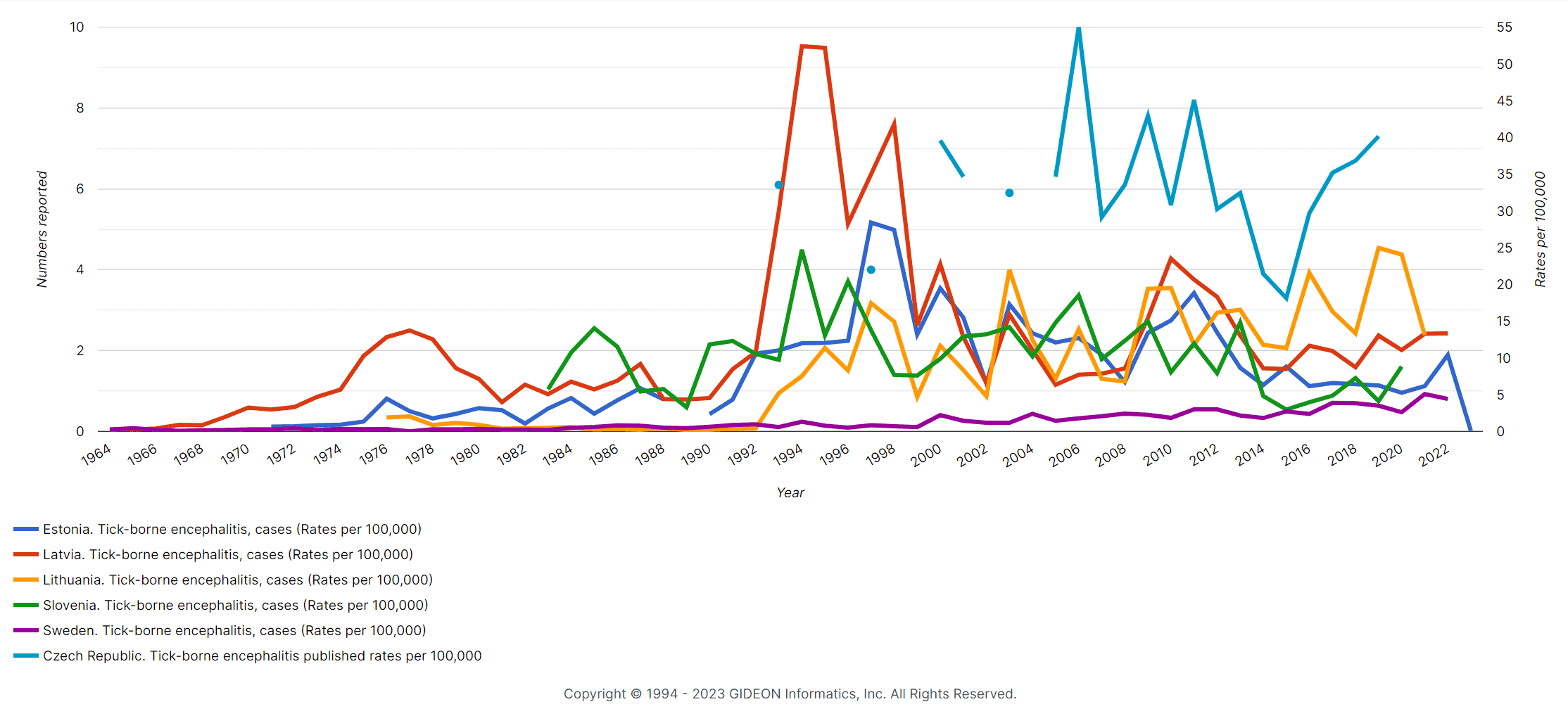The story of tick-borne encephalitis (TBE) goes back to the early 1900s when Dr. Hans Zinsser, a famous bacteriologist and immunologist, discovered it in Austria. The disease got its name from the ticks that transmit it and the inflammation it causes in the brain.
In 1931, an outbreak of acute epidemic serous meningitis was reported in Austria. The causative agent was isolated in 1937 in the former Soviet Union. Since then, TBE has been a significant public health issue in Europe and Asia. Despite medical advancements, no specific antiviral treatment for TBE still makes prevention strategies crucial.
